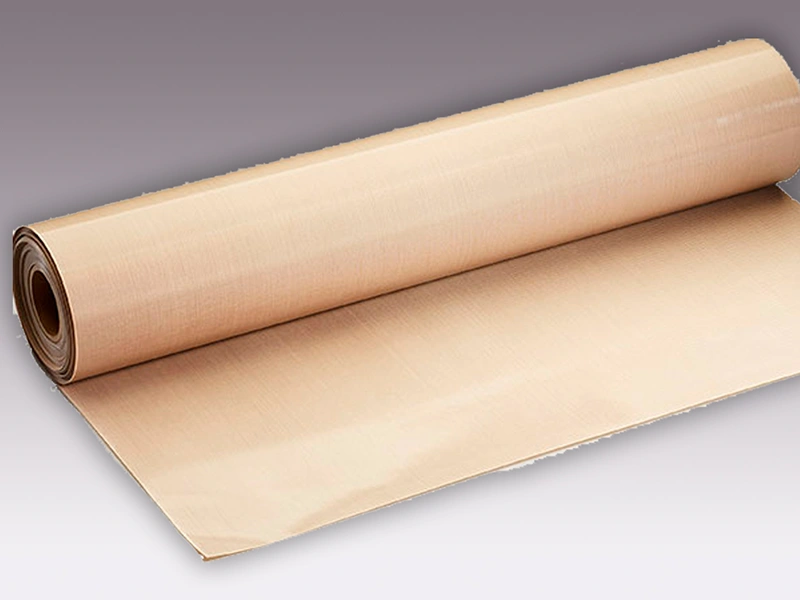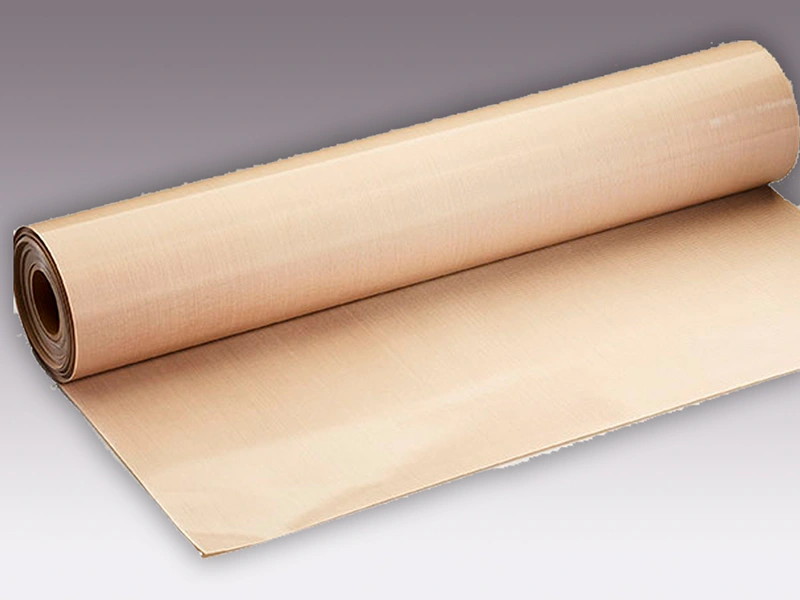Industrial & Manufacturing
Adaptable, durable, efficient.
ideaS BLOG
Smoked Chilean Sea Bass with Mango Avocado & Black Bean Salsa
This Smoked Chilean Sea Bass recipe was developed at the Essentialware test kitchen. [wprm-recipe-jump] | [wprm-recipe-print] In our humble opinion, surf is under-represented on the
December 12, 2022
No Comments

Understanding the “New Normal” of Dining Commerce
The COVID-19 economy sweepstakes have a clear winner: groceries. What only a year ago was a tiny slice of the food industry pie has surged
October 12, 2021
No Comments
Maximizing Production with Essentialware’s Custom PTFE Solutions
PTFE, Tailored for Food and Industrial Applications. When it comes to high-demand production environments, custom PTFE (Polytetrafluoroethylene) solutions from Essentialware provide unmatched versatility and durability
November 4, 2024
No Comments
FAQs
What are the advantages of manufacturing and using PTFE?
The core properties of items coated with PTFE are chemical resistance, high release/non-stick, heat resistance and dielectric strength. These properties make PTFE ideal for industrial manufacturing where materials must resist harsh chemicals, prevent adhesion of substances during processing, withstand high temperatures, and provide reliable electrical insulation. In sheet and roll form, PTFE supplies a versatility and quick release that makes it particularly valuable for example, in high-volume food preparation operations.
Which industries use PTFE?
Manufacturing, Aerospace, Commercial Foodservice, Garment Graphics, Packaging, Food Processing and many others. Its widespread adoption across industries demonstrates its versatility and reliability. In commercial foodservice specifically, PTFE has become indispensable for everything from baking sheets to conveyor systems, revolutionizing both preparation and cleaning processes.
What is PTFE not compatible with?
Any application greater than 550°F. While most standard commercial cooking operations rarely exceed this temperature, certain high-heat cooking methods like broiling and grilling can surpass 550°F, causing PTFE coatings to begin decomposing. This decomposition can lead to coating failure and potentially release harmful fumes. When food preparation methods exceed this 550°F limit for PTFE, commercial food service operations should choose alternative materials for these high-temperature applications.

